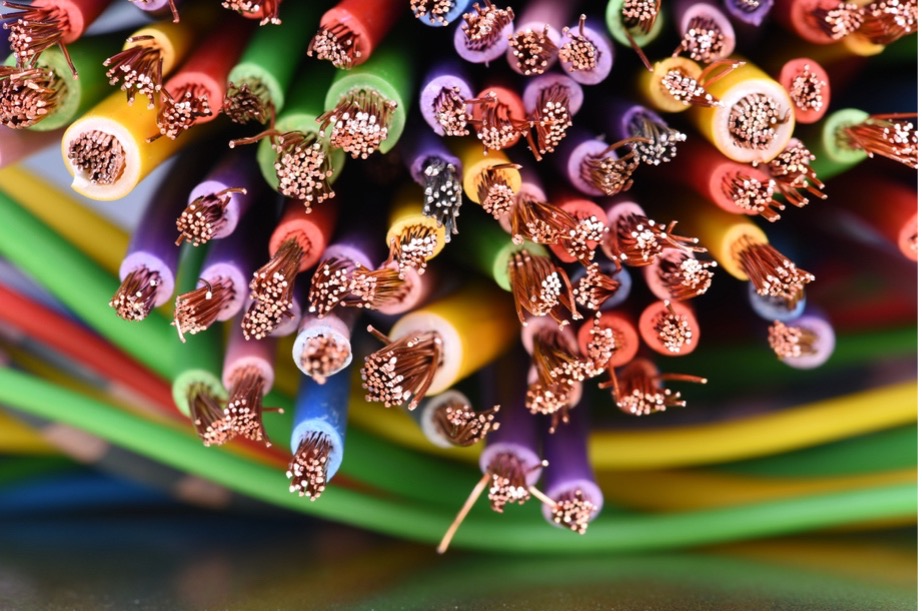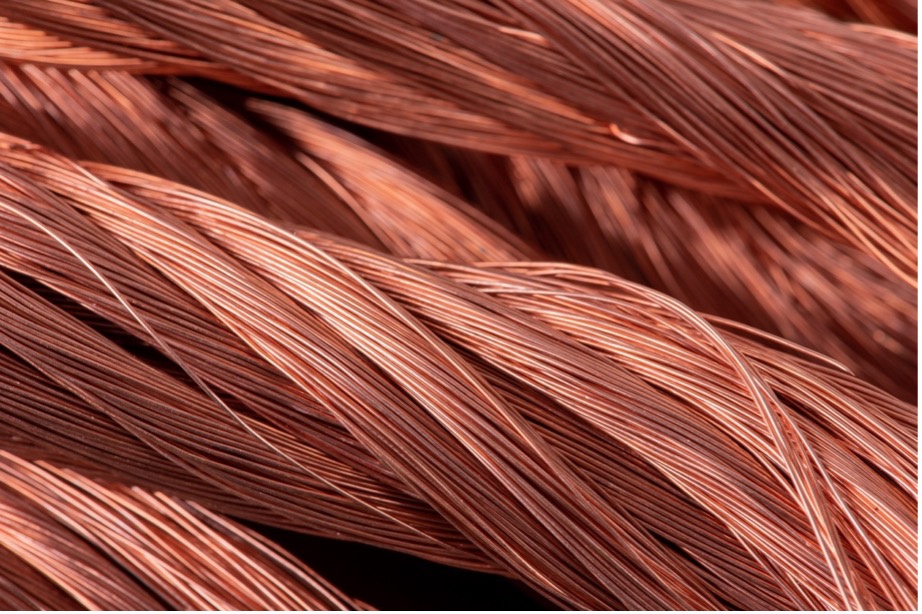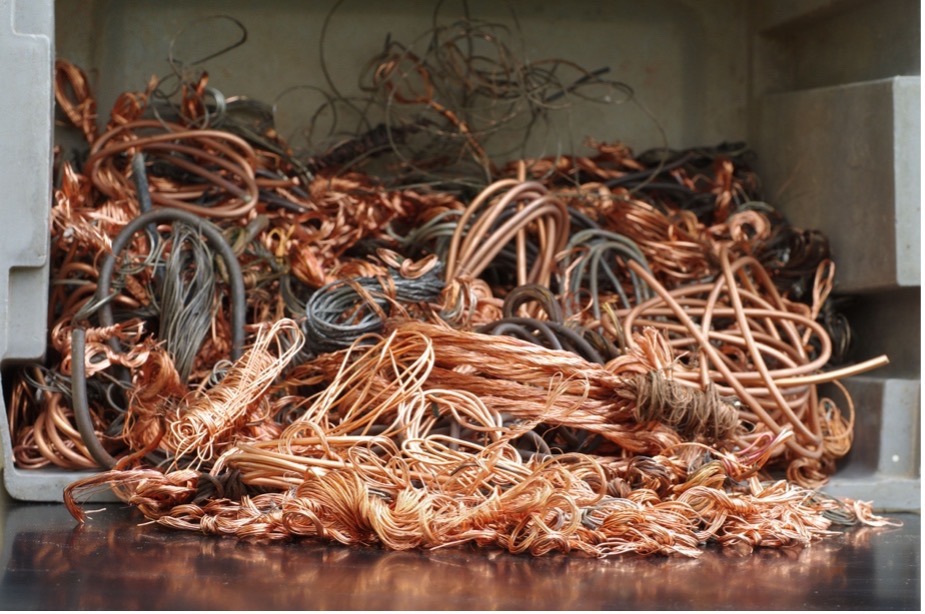Sustainability is paramount across all industries due to growing awareness about environmental issues and climate change. Over the last few years, a wide range of sectors have sought and adopted innovative methods that align with the urgency of reducing waste and pollution and recycling materials whenever and wherever possible. Scrap cables are one such material. Coming from a variety of jobs, sources, and industries, such as automotive, construction sites, and electronics, they are often considered simple waste but hold incredible potential for sustainable solutions thanks to the effective repurposing of the materials they are made of.
In today’s blog, we will use our expertise to explore various aspects of recycling scrap cables, from the basics to the latest technological advancements, highlighting how they can be successfully transformed into valuable, eco-friendly alternatives.
Recycling Scrap Cables: The Most Effective Methods
As we have mentioned, cables are made of incredibly valuable materials that are worth recycling. But how are they effectively processed and reused to reduce the environmental impact of waste? The procedure is fairly straightforward but involves a few steps. Let’s look at each one.
- Collection and sorting. This is the initial stage. Here, the cables are sorted based on their type and composition, as different kinds (for instance, those with copper or aluminium cores) will require different processing techniques.
- Shredding. During this phase, cables are broken down into smaller pieces, so it is easier to separate the valuable metals from the insulating materials.
- Separation. Following shredding, the next step is to separate the metals from the plastic or rubber insulation. This is usually done using various methods, including air classifiers and magnetic separators. Air classifiers employ airflow to separate lighter materials from heavier metals, while magnetic separators remove ferrous metals.
At the end of this process, metals will be purified, although specific types like copper or aluminium will still be subjected to further steps to be prepared for reuse in new products.
Where Can Recycled Materials Be Used?
Once resourceful metals are successfully separated from cables, the question is: how can they be repurposed? What applications can benefit from them? These materials can find new life in many uses across multiple industries, including the following:
- New electrical cables and wiring. By reusing recycled metals, specifically copper and aluminium, manufacturers can create new cables sustainably, as it reduces the need for mining and refining raw materials.
- Consumer and industrial products, including plumbing fixtures, automotive parts, and even artistic sculptures.
- Construction materials, packaging, and consumer goods. Here, aluminium extracted from cables is often effectively used to produce these items.
These applications highlight the often-underrated versatility of metals contained in scrap cables, showcasing their invaluable potential to contribute to the circular economy.
What Are the Environmental Benefits of Repurposing Scrap Cables?
The benefits of repurposing non-ferrous metals featured in scrap cables vary and are extremely valuable. Let’s start by saying that, as briefly mentioned above, metal recycling minimises, if not eliminates, the need for resource extraction, which is often damaging to the environment due to the mining and refining processes involved. This has a second direct advantage, which is lower carbon emissions usually associated with production. Finally, recycling scrap cables reduces waste in landfills, avoiding growing piles containing hazardous chemicals that could contaminate both soil and groundwater.
So, we can safely state that this practice is incredibly important to improving businesses’ sustainability. It simultaneously helps preserve resources and promotes a cleaner, healthier environment, containing the negative impact of another pressing matter: electronic waste.
Scrap Cable Recycling: Challenges and Considerations
However, despite the great benefits we have just highlighted, we must not think that turning scrap cables into sustainable solutions doesn’t come with its set of challenges; it requires ongoing research and continuous investment.
The first setback this process faces is cable composition. We already said that this can vary and be extremely complex, often including a combination of metals, plastics, and other materials that require effective separation. This operation, however, is frequently met with difficulty, facing high costs and reduced efficiency.
Another obstacle, which is a direct consequence of the above, is the availability of specialised equipment and technology to handle and process scrap cables. The initial investment in recycling facilities and machinery can be substantial, which is why smaller businesses could refrain from engaging in such activity. On top of that, we must not forget the fluctuating prices of recycled metals and the way they can affect the economic viability of recycling operations.
What Lies Ahead? Latest Technologies and Trends
As sustainability has become a prominent part of any business operation, the practice of cable recycling has seen some interesting technological advancements and new trends lately. For instance, one key innovation is the development of more efficient separation technologies, leveraging the most innovative smart features. Advances in sensor-based sorting and avant-garde shredding techniques are improving the overall accuracy and speed of separating metals from insulating materials, enhancing the quality of both recycled materials and the recycling process.
Another emerging trend is the integration of artificial intelligence (AI) and machine learning. While AI helps optimise sorting processes by identifying and classifying different types of cables and materials, the development of closed-loop recycling systems, where recycled metals are employed to produce new cables, is creating a sustainable cycle of use and reuse.
These innovations are incredibly important for improving the effectiveness of cable recycling operations and supporting the transition from traditional to eco-friendly practices.
At Morecambe Metals, sustainability is a fundamental principle guiding our operations. We are committed to adopting the latest practices and technologies to enhance our metal recycling processes and contribute to a more sustainable future. By investing in advanced machinery and exploring alternative methods, we aim to set new standards in the recycling sector.
If you’re interested in learning more about how our scrap metal services can help make your business greener, contact us today. Our team is eager to apply our expertise and work with you towards a more eco-friendly and efficient approach to recycling.




